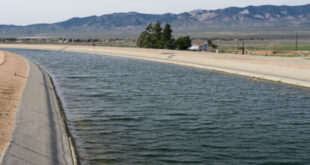Earlier this week the State Water Resources Control Board readopted emergency curtailment regulations that establish minimum flow requirements for the Scott and Shasta rivers to protect imperiled fish, ensure supplies for human health and livestock needs, and encourage voluntary efforts that may be used in lieu of curtailments.
According to the state, flows in both rivers dropped below drought-protection levels set by the State Water Board in 2021 and 2022 and fisheries and watershed ecosystems continue to be affected by recent, unprecedented droughts.
The board issued their decision after months of public engagement, including a hearing Aug. 15 to consider a petition filed May 23 by the Karuk Tribe of California, Environmental Law Foundation, Pacific Coast Federation of Fishermen’s Associations and Institute of Fisheries Resources asking the board to establish permanent minimum flows on the Scott River.
At the hearing, the board included the Shasta River in the discussion due to rapid and alarming flow decreases observed when the previous flow regulation expired at the end of July. After more than eight hours of public testimony, the board directed staff to move forward with an emergency regulation re-establishing minimum flows in the Scott and Shasta watersheds; develop science and options that could support long-term flows; and present board members with potential options and approaches.
 California Water News Daily Your Source For Water News in California
California Water News Daily Your Source For Water News in California


